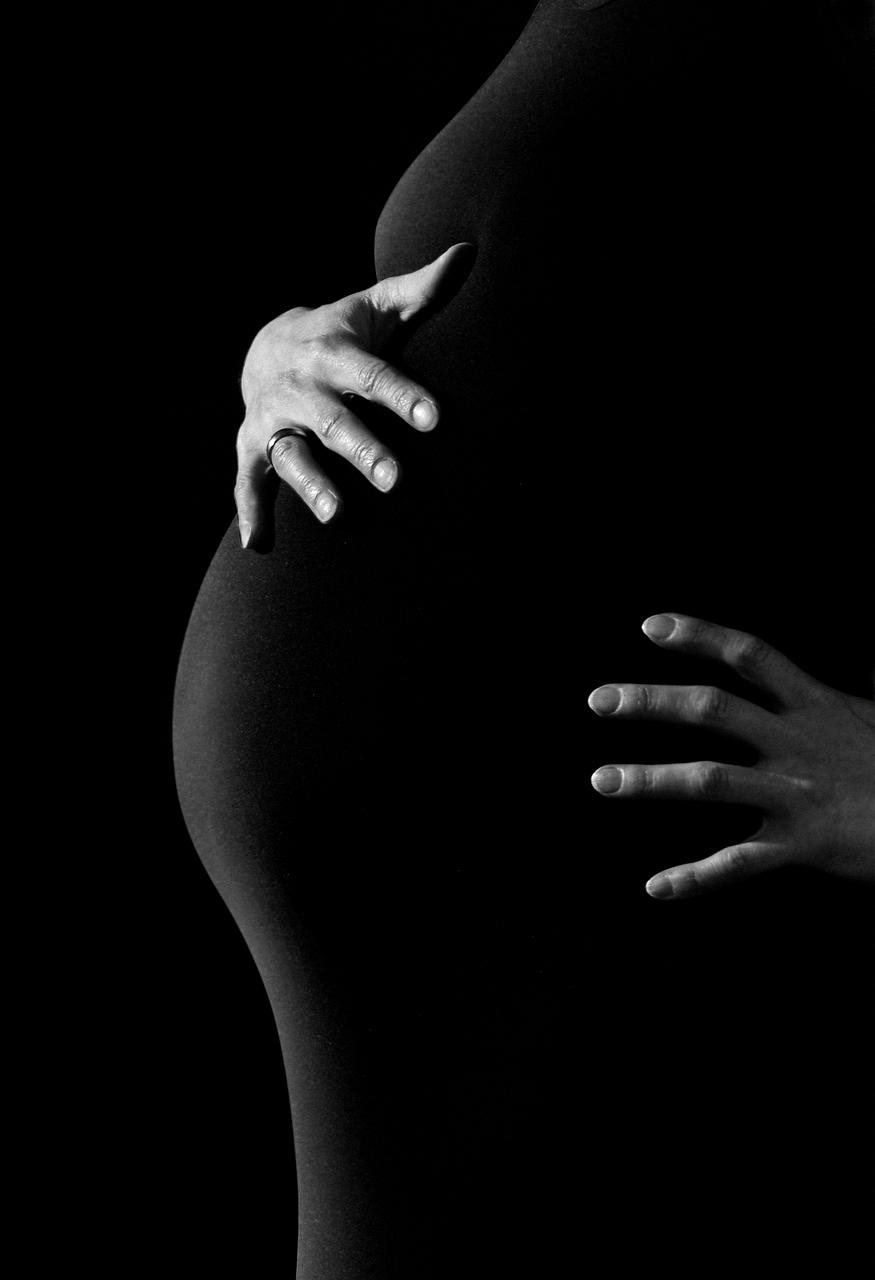Dealing with sciatica during pregnancy can be incredibly challenging, especially when it comes to getting a good night’s sleep. The discomfort and pain caused by sciatica can make finding the right sleeping position a real struggle. However, there are some positions that may help alleviate your symptoms and allow you to get some much-needed rest.
One of the best positions to consider when sleeping with sciatica during pregnancy is lying on your uninjured side. This can help reduce the pressure on the affected nerve and provide some relief from the pain. Placing a pillow between your waist and the mattress can further support your body and help maintain proper alignment.
Another helpful tip is to place a pillow between your knees while lying on your side. This can help keep your hips and spine properly aligned, reducing the strain on your lower back and helping to alleviate sciatic nerve pain. Experiment with the positioning and thickness of the pillow to find what works best for you.
Some pregnant women find relief by using a body pillow to support their entire body while sleeping. By hugging the pillow and placing it between their legs, they can help maintain a neutral spine position and reduce the pressure on the sciatic nerve. This can make a significant difference in how comfortable you feel while sleeping.
If lying on your side is not comfortable, you may also try sleeping on your back with a pillow placed under your knees. This position can help relieve some of the pressure on your lower back and sciatic nerve. However, it’s essential to ensure that the pillow is positioned correctly to avoid straining your back further.
Avoid sleeping on your stomach, as this position can aggravate sciatica symptoms and put additional strain on your back. It can also lead to poor spinal alignment, which may worsen your discomfort. Opting for side or back sleeping positions is generally more beneficial for pregnant women with sciatica.
It’s essential to listen to your body and find the position that works best for you. Every woman is different, so what works for one person may not work for another. Don’t be afraid to experiment with different sleeping positions and pillows until you find the most comfortable setup for your sciatica during pregnancy.
Ensuring that your mattress is firm enough to provide adequate support for your body can also make a difference in how well you sleep with sciatica. A mattress that is too soft may not offer enough support, leading to increased discomfort. Consider using a mattress topper or additional support under your mattress if needed.
Practicing good sleep hygiene habits, such as maintaining a consistent bedtime routine, avoiding caffeine and electronics before bed, and creating a comfortable sleep environment, can also help improve your sleep quality when dealing with sciatica during pregnancy.
Don’t hesitate to speak with your healthcare provider if you’re experiencing severe or persistent sciatica symptoms during pregnancy. They can provide personalized recommendations and guidance to help manage your discomfort and improve your sleep quality. Seeking professional advice is essential for ensuring the well-being of both you and your baby.
In conclusion, finding the right sleeping position during pregnancy with sciatica can be a trial-and-error process. By experimenting with different positions, using pillows for support, and listening to your body’s cues, you can find a comfortable way to sleep that helps alleviate your sciatic nerve pain and promotes better rest.

